Visiting the Longmen Grottoes in Luoyang
The Longmen Grottoes in Luoyang contain some of the most stunning examples of Chinese stone carving. The carvings are spread along both banks of the Yi River in Luoyang, Henan Province. It is a UNESCO World Heritage Site and is definitely worth a visit if you have time!
Luoyang is one of the four Great Ancient Chinese Capitals, and as I’d already visited the other three (Beijing, Xi’an and Nanjing) I decided that I had to include Luoyang too!
The carvings are so impressive and seeing photos really can’t compare to just how huge and majestic they are.
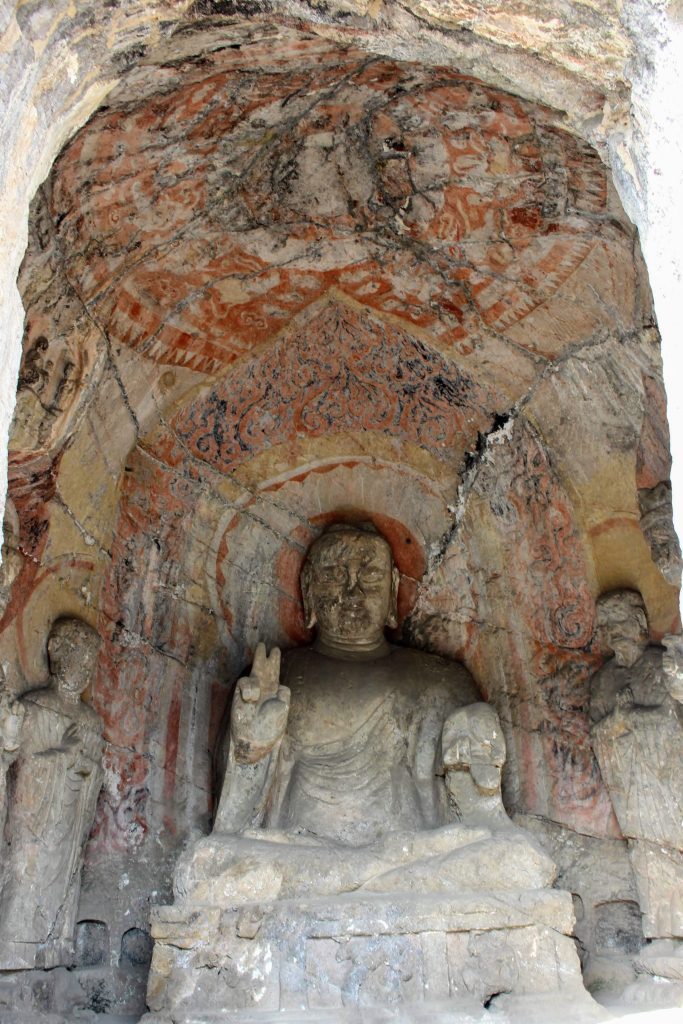
Getting there
My favourite way of travelling around China was by train, and this was no exception! I took a night train from Beijing to maximise my time there, and then took another one back at the end of the day! From the train station, it was easy enough to catch a bus to the entrance of the site.
At the entrance centre, I got my ticket and was very lucky as it wasn’t very busy at all. I always take a photo of the map however I didn’t really need it in this case as the route is one large loop. Although there was some English on the map, a lot of the signs are in Chinese so I would recommend having a translator app with you to understand what you are seeing.
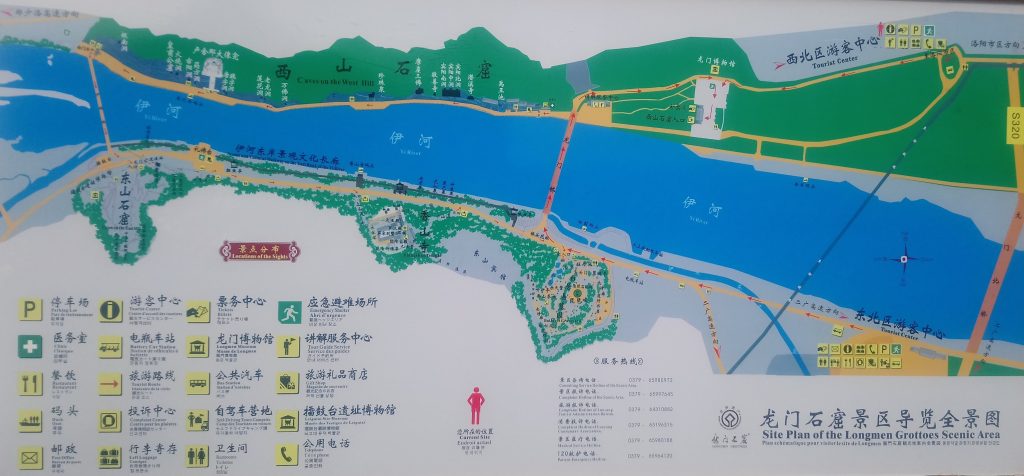
Longmen Grottoes
After passing under a large bridge across the river, you start to reach some of the many, many caves full of incredible carvings. One of the first caves, Cave number 20 was built during the Tang Dynasty (650-683) and contains a carving of an Amitabha Buddha with four other statues surrounding it.
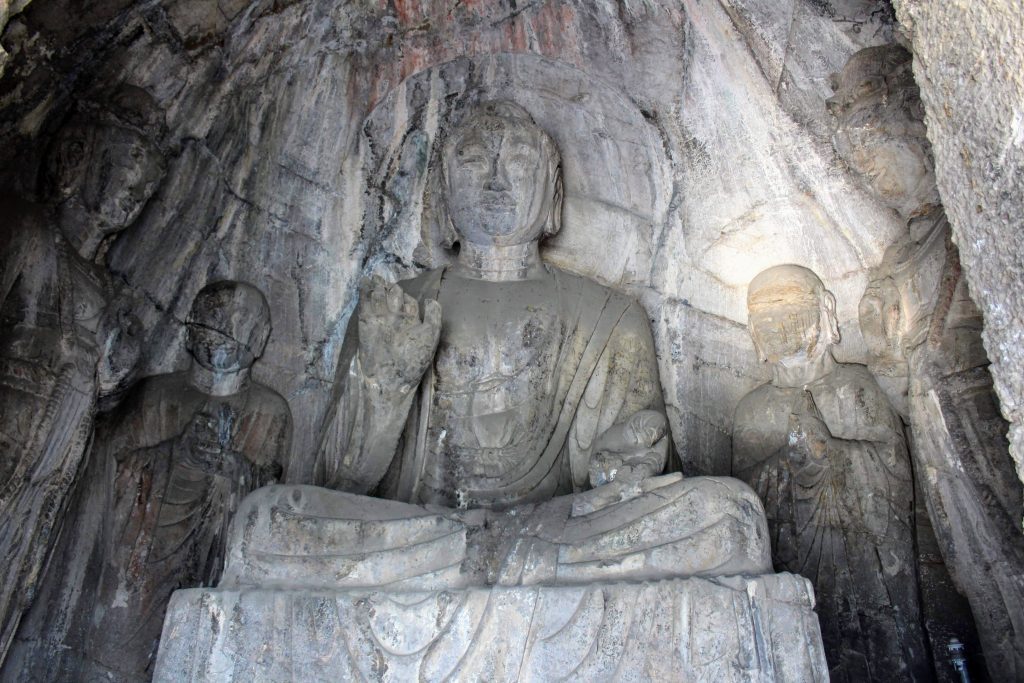
All the caves, and statues vary greatly in size. After Cave 20 and the large statues, the next area I reached had a lot of much smaller caves on the hillside. Some of these still contained statues while others were now just empty hollows.
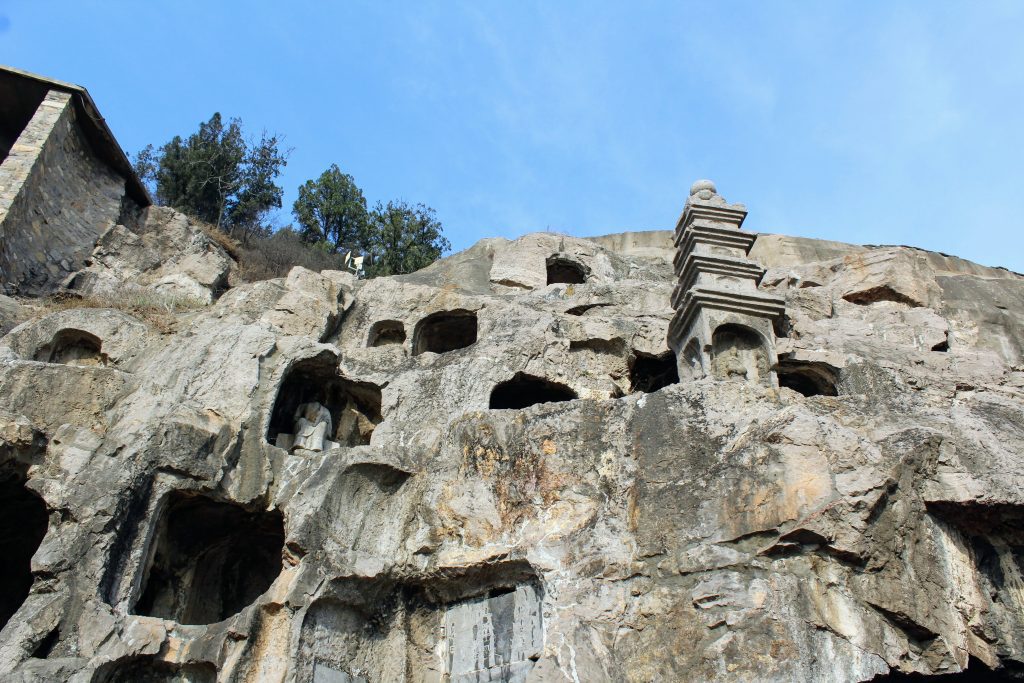
The scale of carvings varies dramatically and some of the carvings are incredibly tiny and detailed. Make sure to look closely so you don’t miss anything!
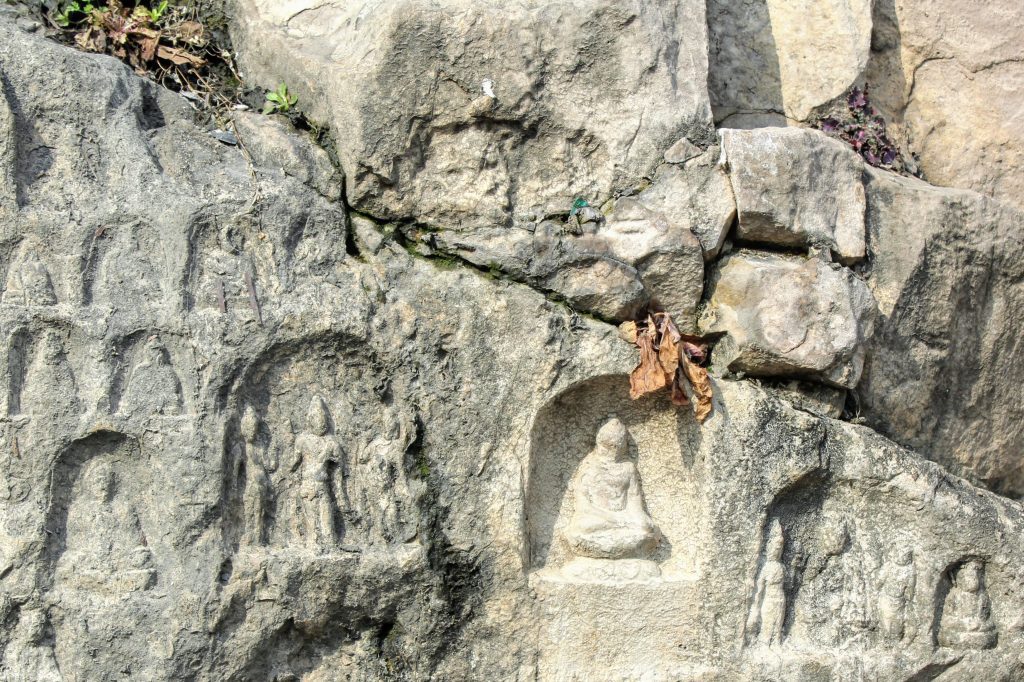
As well as the tiny carvings though, they also have some truly massive statues. After passing several more caves, you reach a staircase that leads you up to the main grotto with the statues that make this place so famous. The cave is called Fengxian and was built during the Tang Dynasty, completed in 675 AD during the reign of Empress Wu Zetian. She donated 20,000 strings of cash towards the decoration of the buddhas. The main statues tower above you and are surrounded by smaller, intricate carvings.
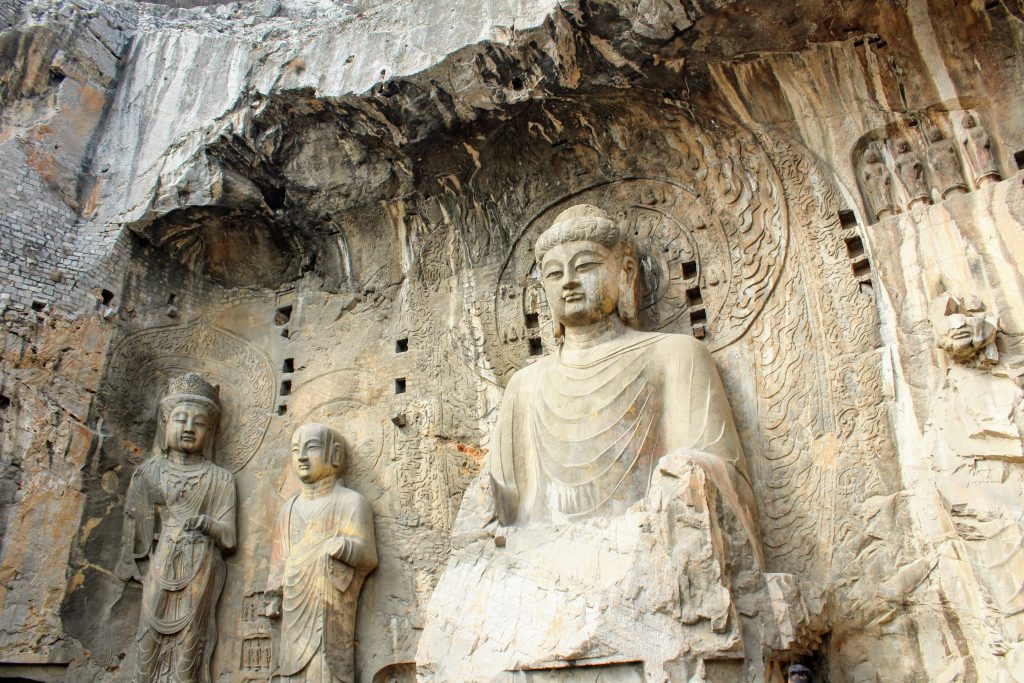
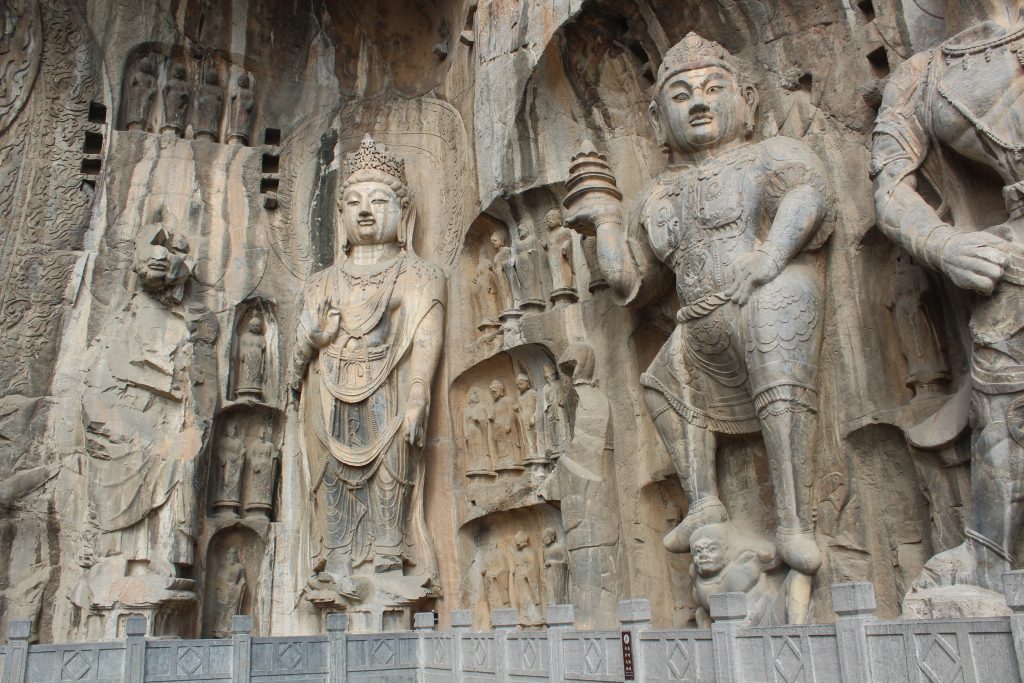
After the main cave, there are yet more staircases along the slope of the hill. The staircases kept branching off, leading you to many different caves. Every time you think you’ve seen them all, there are even more caves and carvings to see!
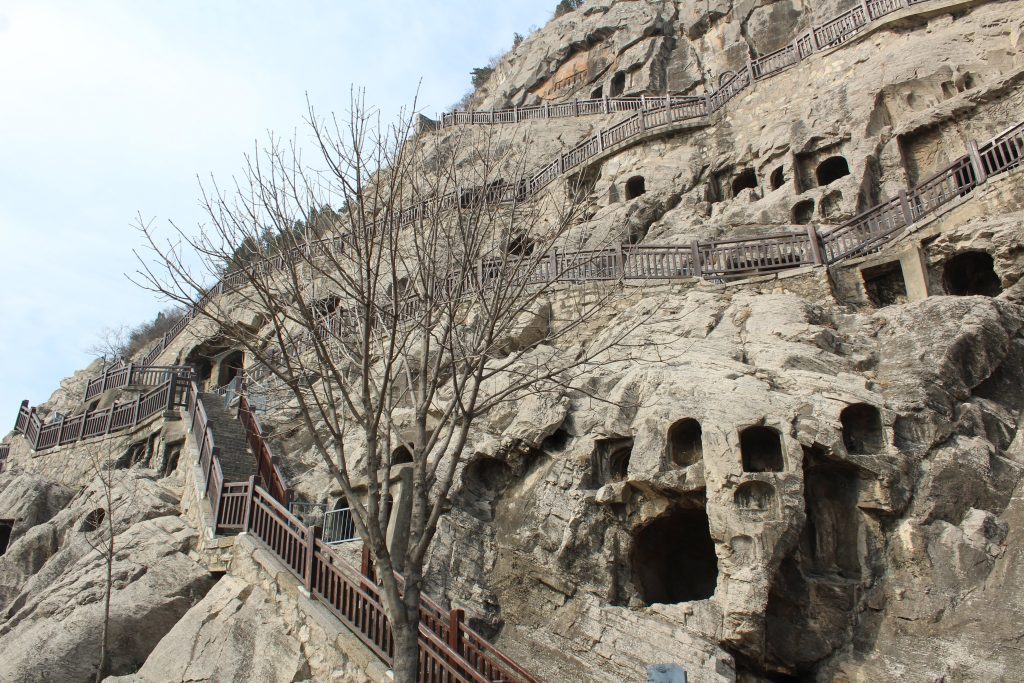
The East Bank
After finally seeing all the statues and caves on the West side of the river, you cross a large bridge to continue and visit some of the caves on the Eastern bank. There are not as many caves on this side, and many of them are fenced off to stop visitors from being able to get inside.
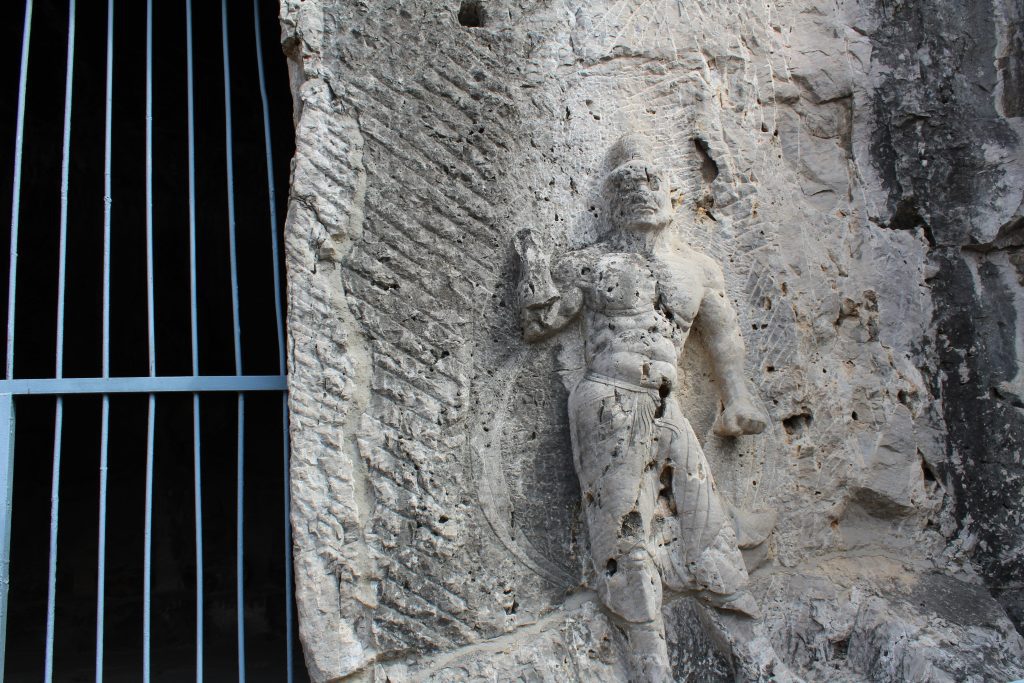
The caves on the East side require some climbing to reach, which results in some stunning views across to the other side of the river. It really helps to put into perspective just how large the carvings are at the main grotto.
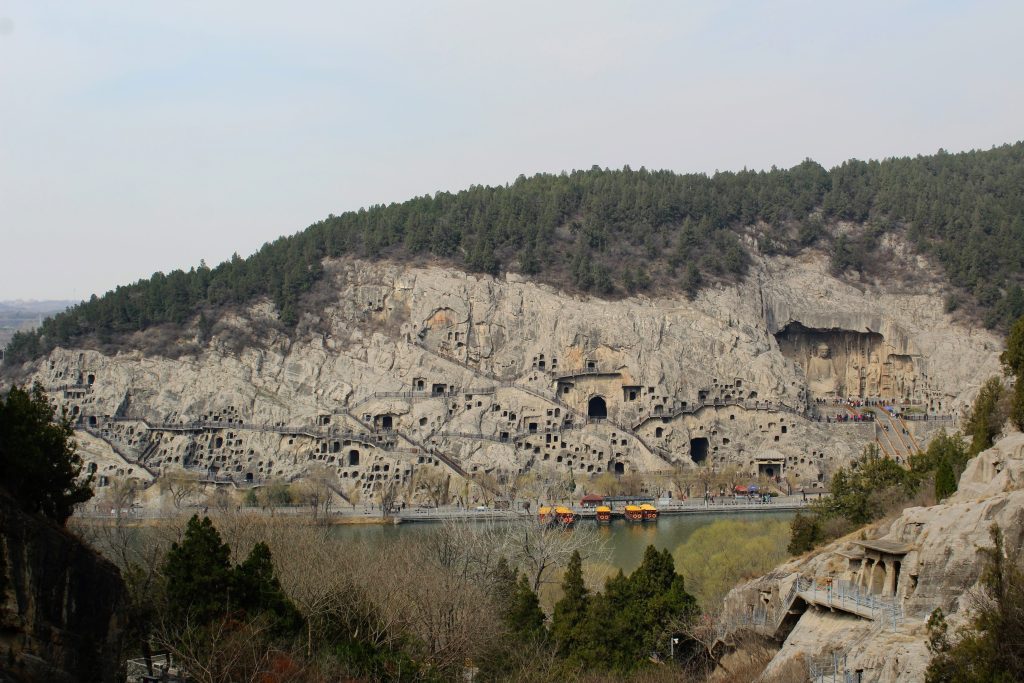
After the caves on the East, there is also a temple that can be visited . Xiangshan Temple is a charming temple, that offers even more stunning views of the Longmen Grottoes. This side of the river is less busy, and so the temple offers the chance for some peace and a chance to escape the crowds. As well as the temple, there is an area called Baiyuan. This area contains gardens and the tomb of Bai Juyi, a poet from the Tang period. I had a lovely time walking through the paths and it was a lovely area to stop and have a rest.
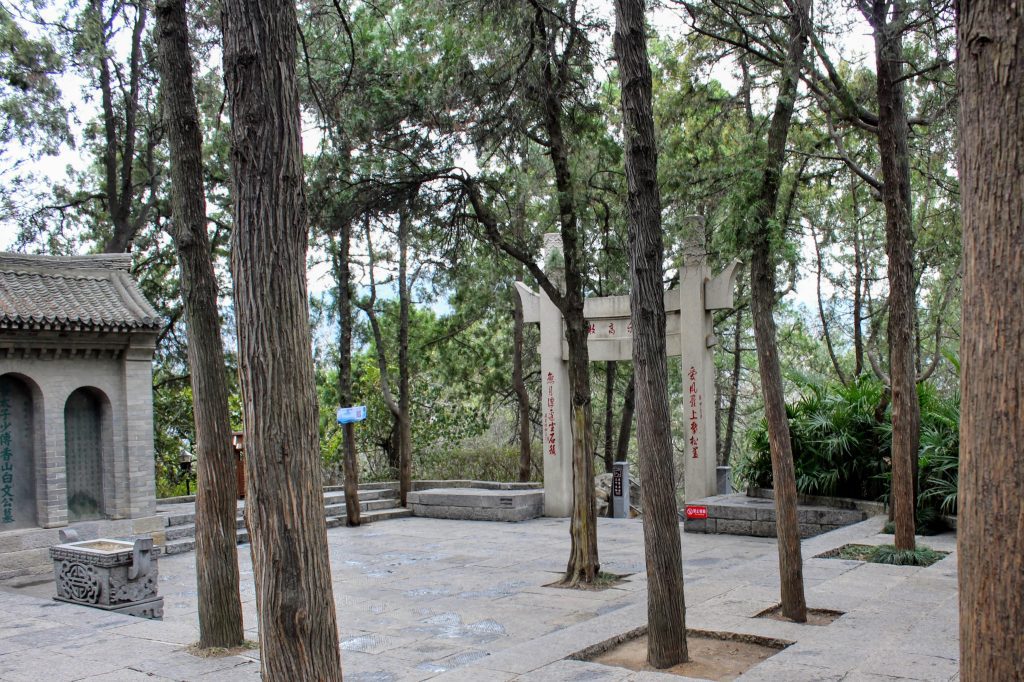
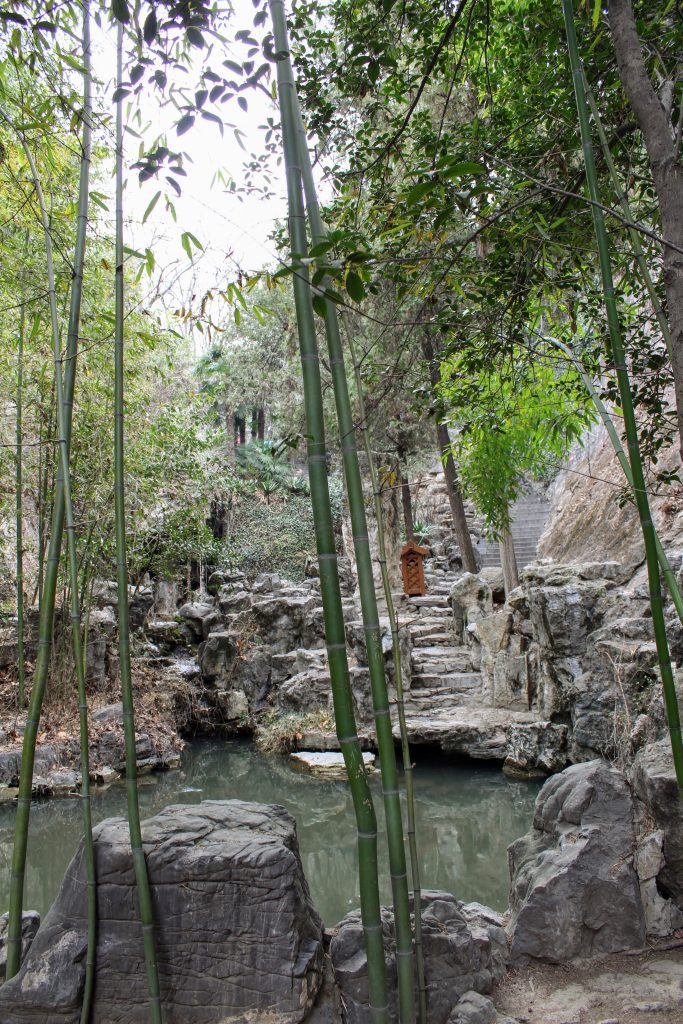
After spending several hours there, I then made my way to the exit to catch the number 81 bus back into Luoyang to explore further.
Common Questions
How long should I spend at the caves?
I spent just under four hours there, so I would definitely make sure to give yourself lots of time. I arrived at 9am, to give myself as much time there as possible. You could probably see everything in around 2 hours if you were short on time, but it’s definitely worth the extra time.
How can you get there?
I am a big fan of using buses whenever possible and the number 81 bus goes straight from the train station to the grottoes. It’s incredibly cheap, however it should be easy enough to get a taxi there too as it’s such a popular destination. I recommend using Baidu Maps when in China as it will show you the public transport options.
Do I need to know Chinese?
Although some signs are only in Chinese, there are also plenty of signs that are in both Chinese and English. Having a translator app on your phone is a must-have when in China, but if you don’t have one then you can always take photos of the smaller signs and translate them later. You can also hire an English-speaking guide if you want to know more.
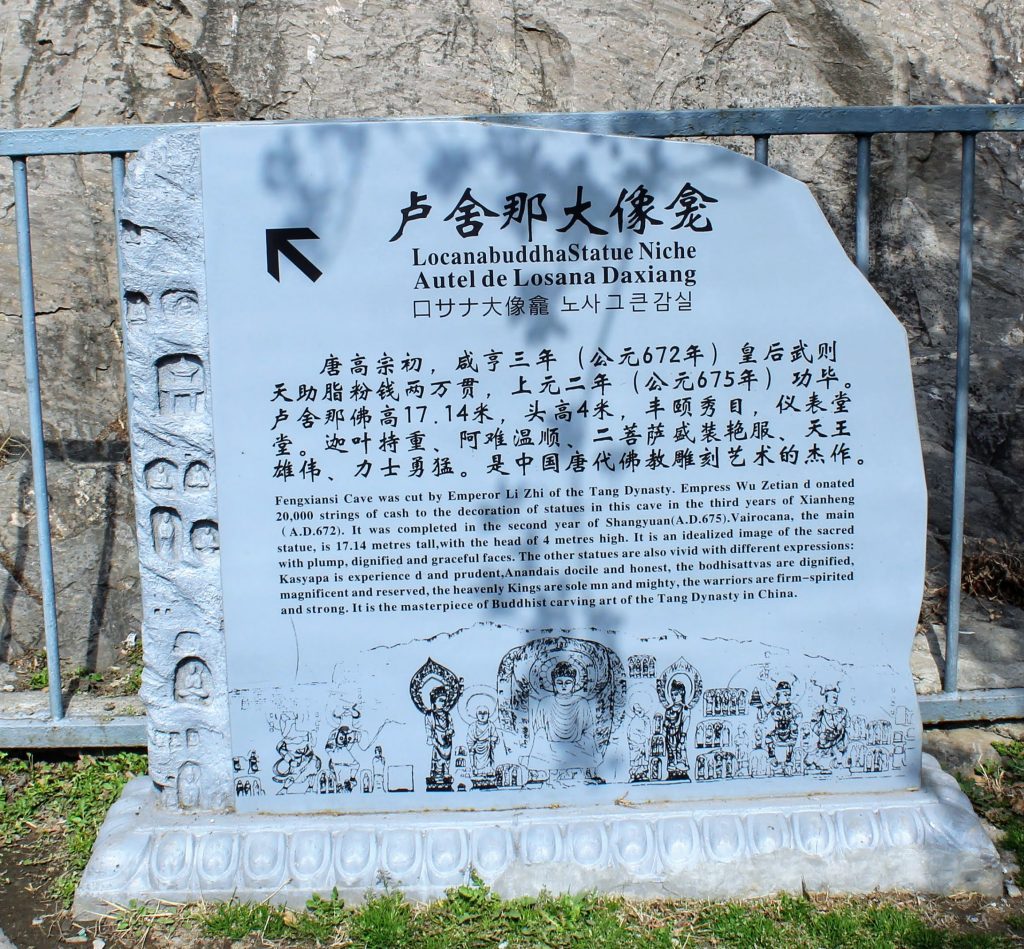
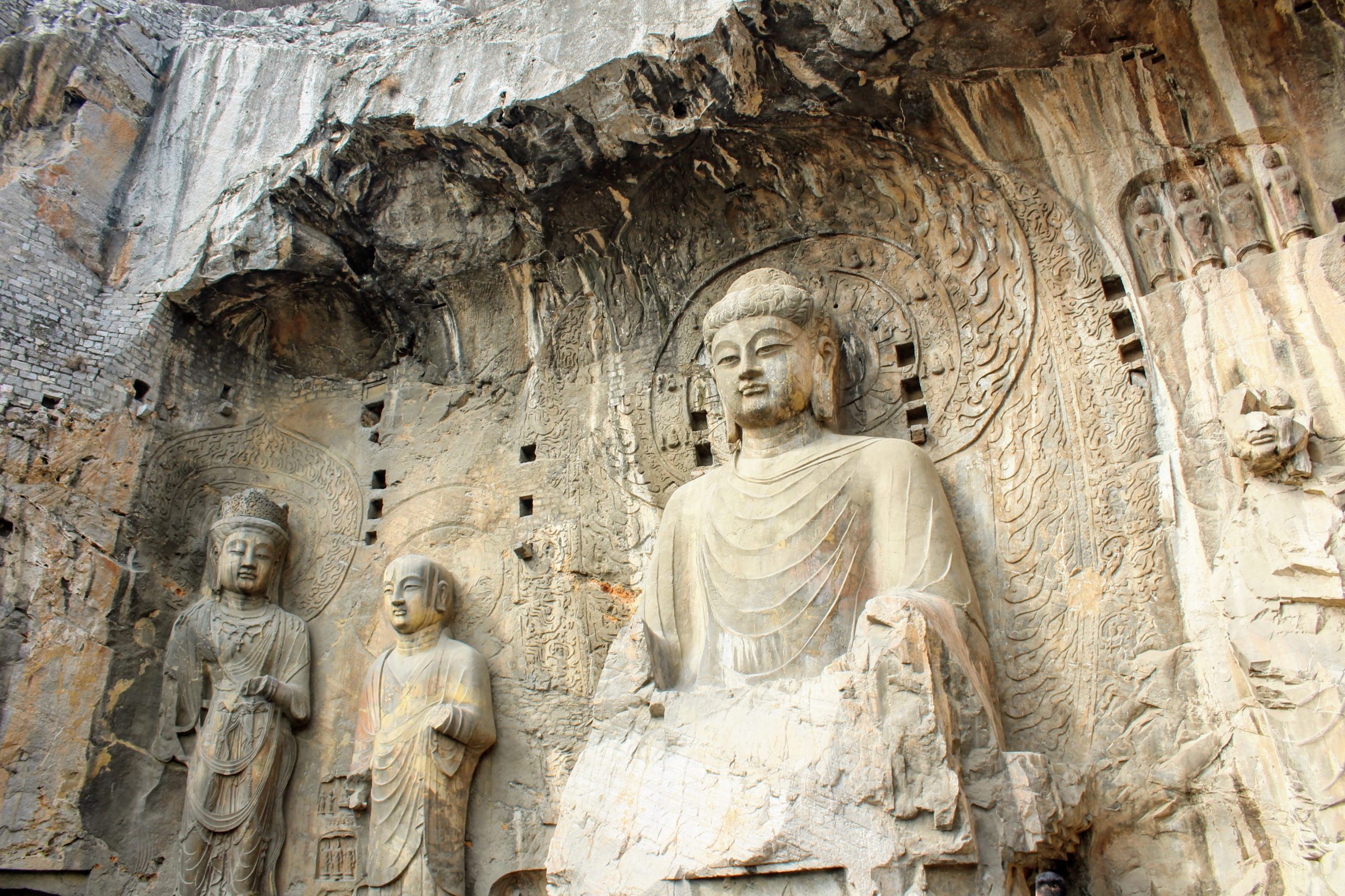
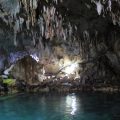
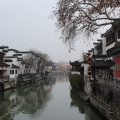
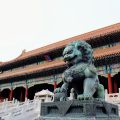

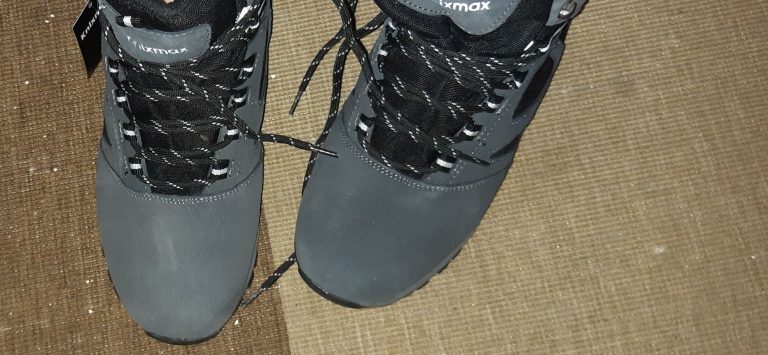
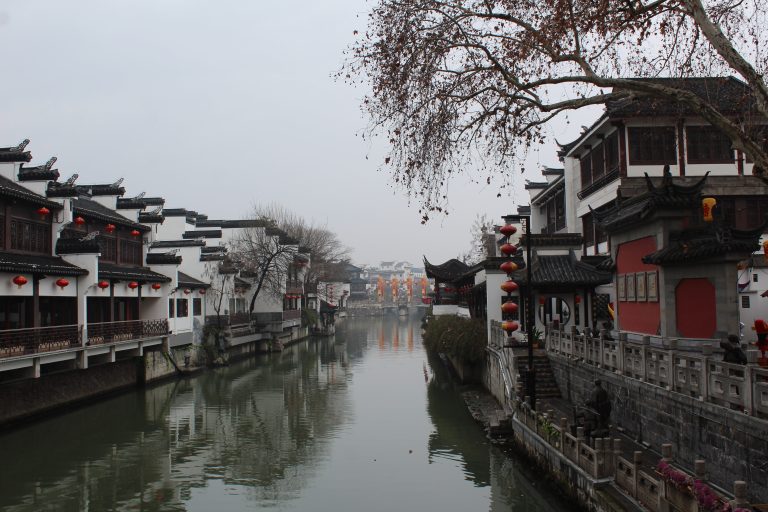
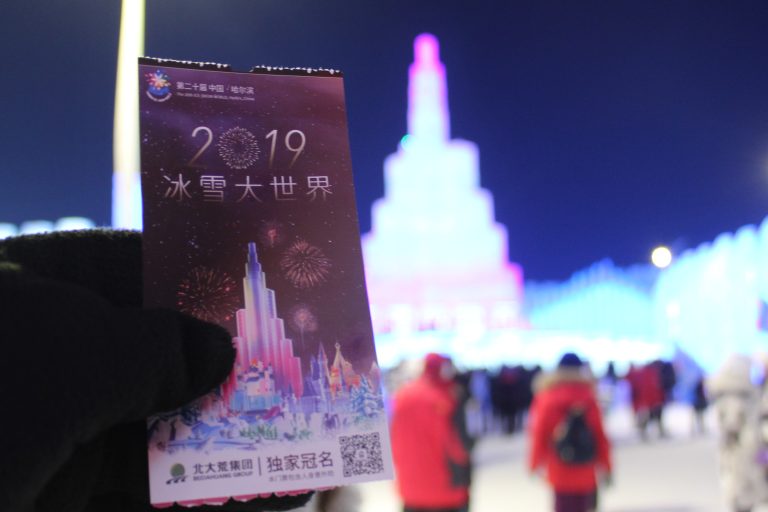
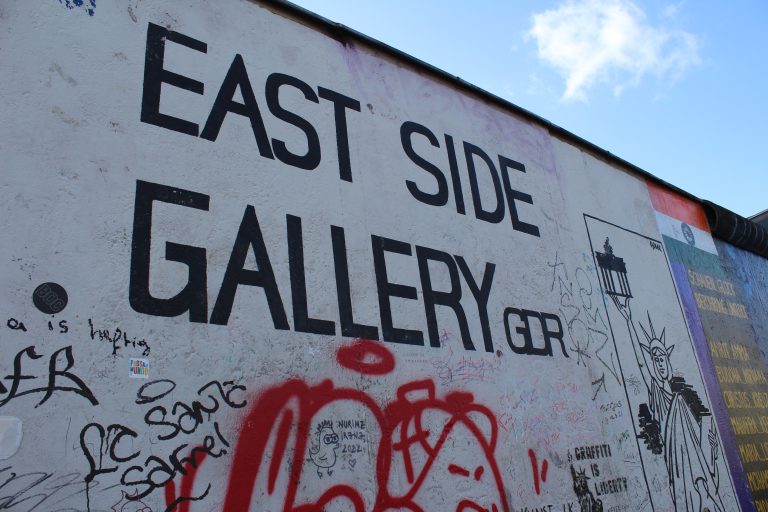
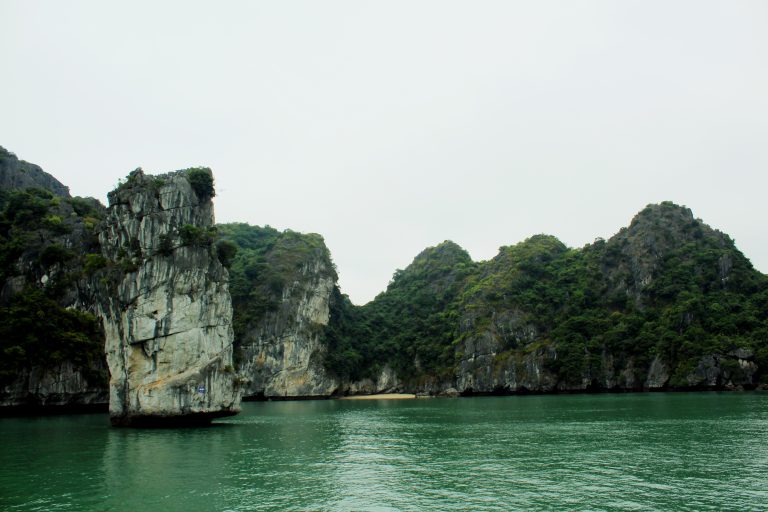
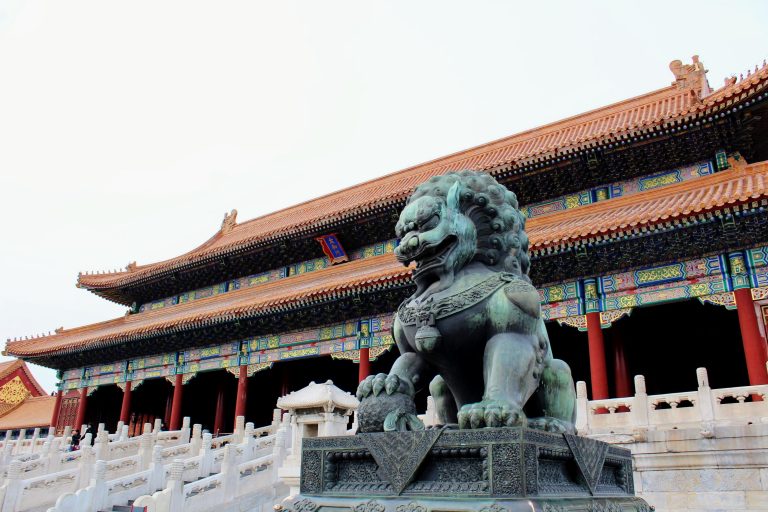
I’ve never heard of this place before, but it looks absolutely fascinating. Is there any particular reason they were all built here? Regardless, I’d love to see this. Your picture from across the gorge the river is great; it looks like a beehive with all of its openings.
I’m all about history so would love to visit and explore the Longmen Grottoes in Luoyang. These are stunning Chinese stone carvings.
Wow, what an otherworldly place. All the statues have such expressive, defined features and personalities.